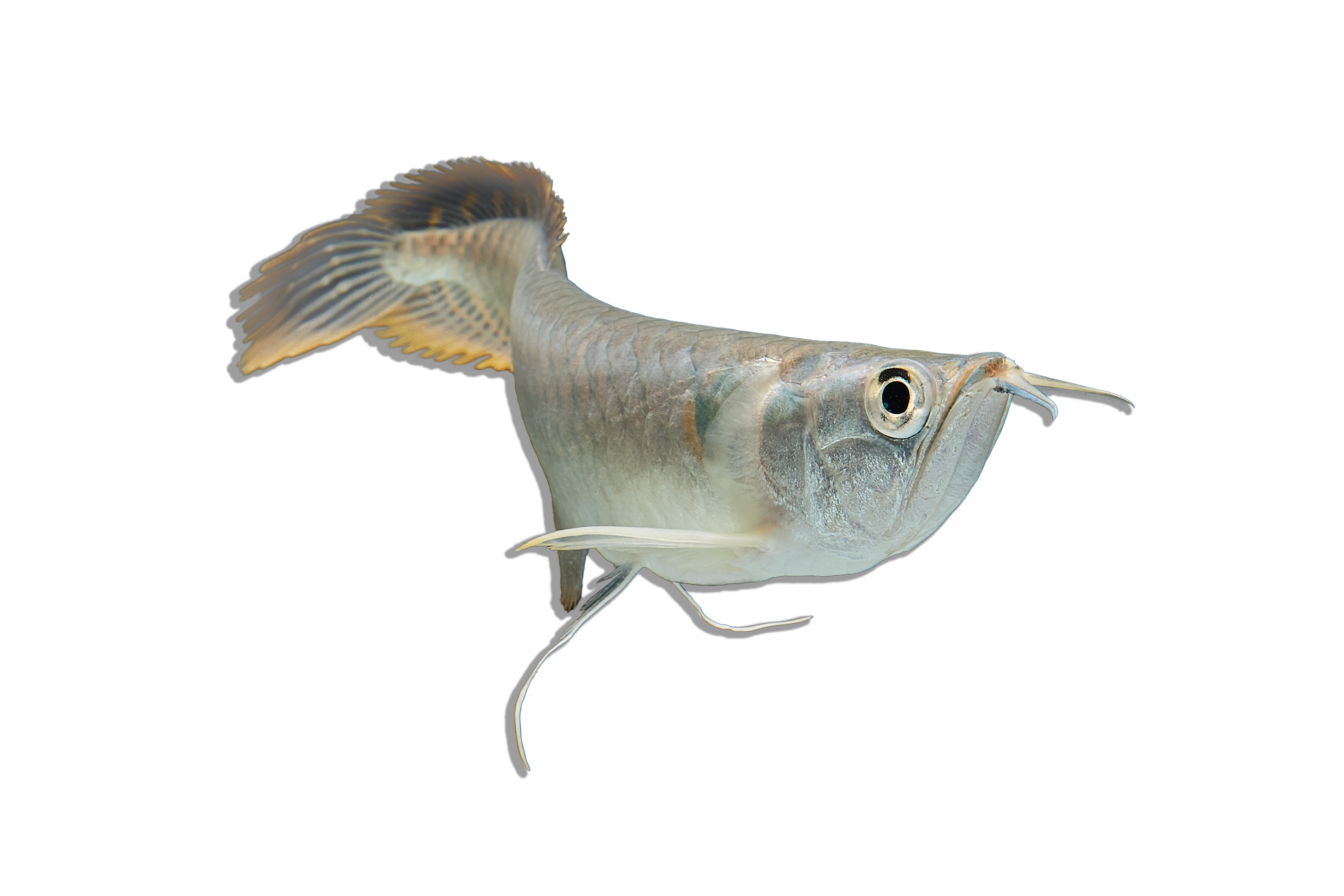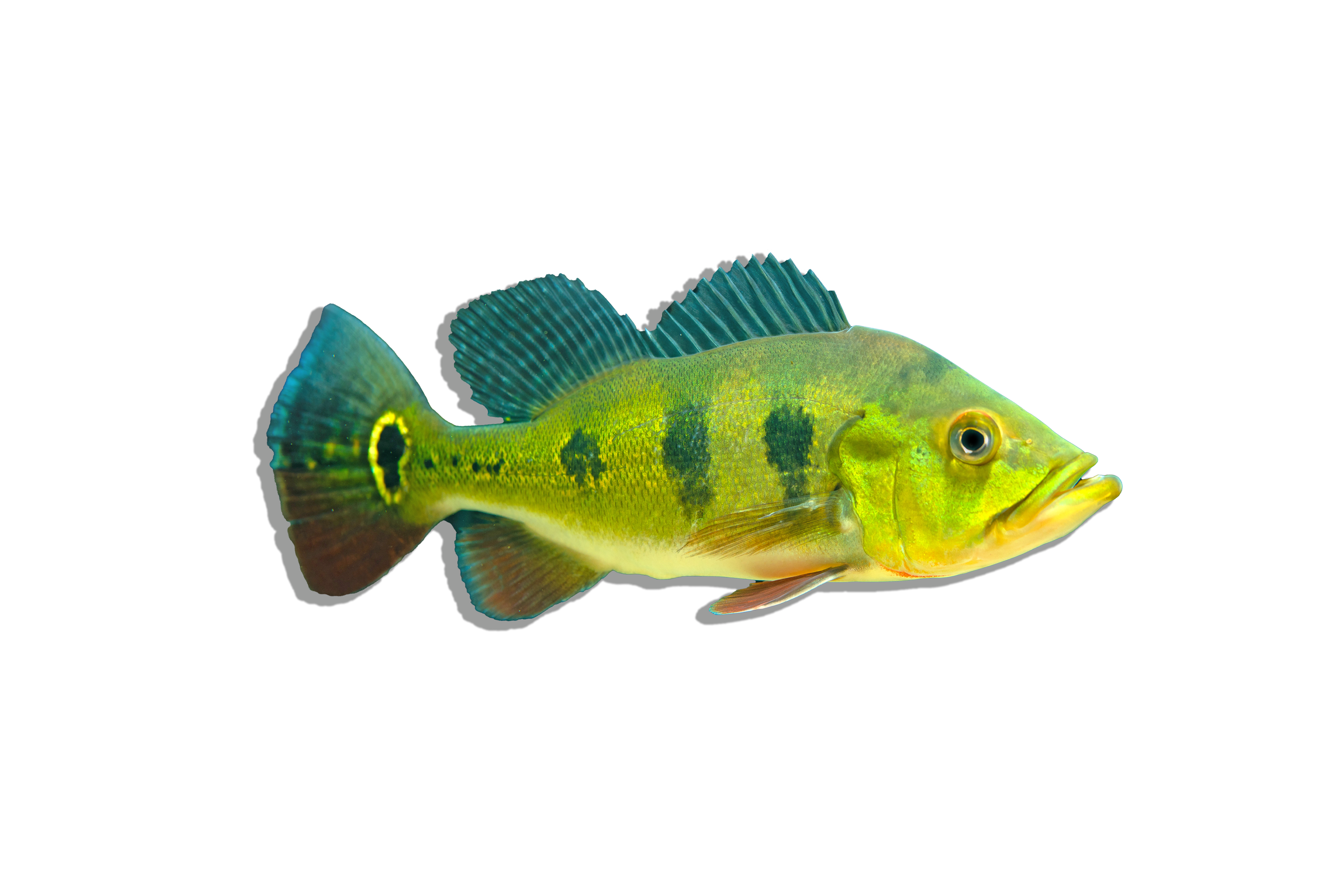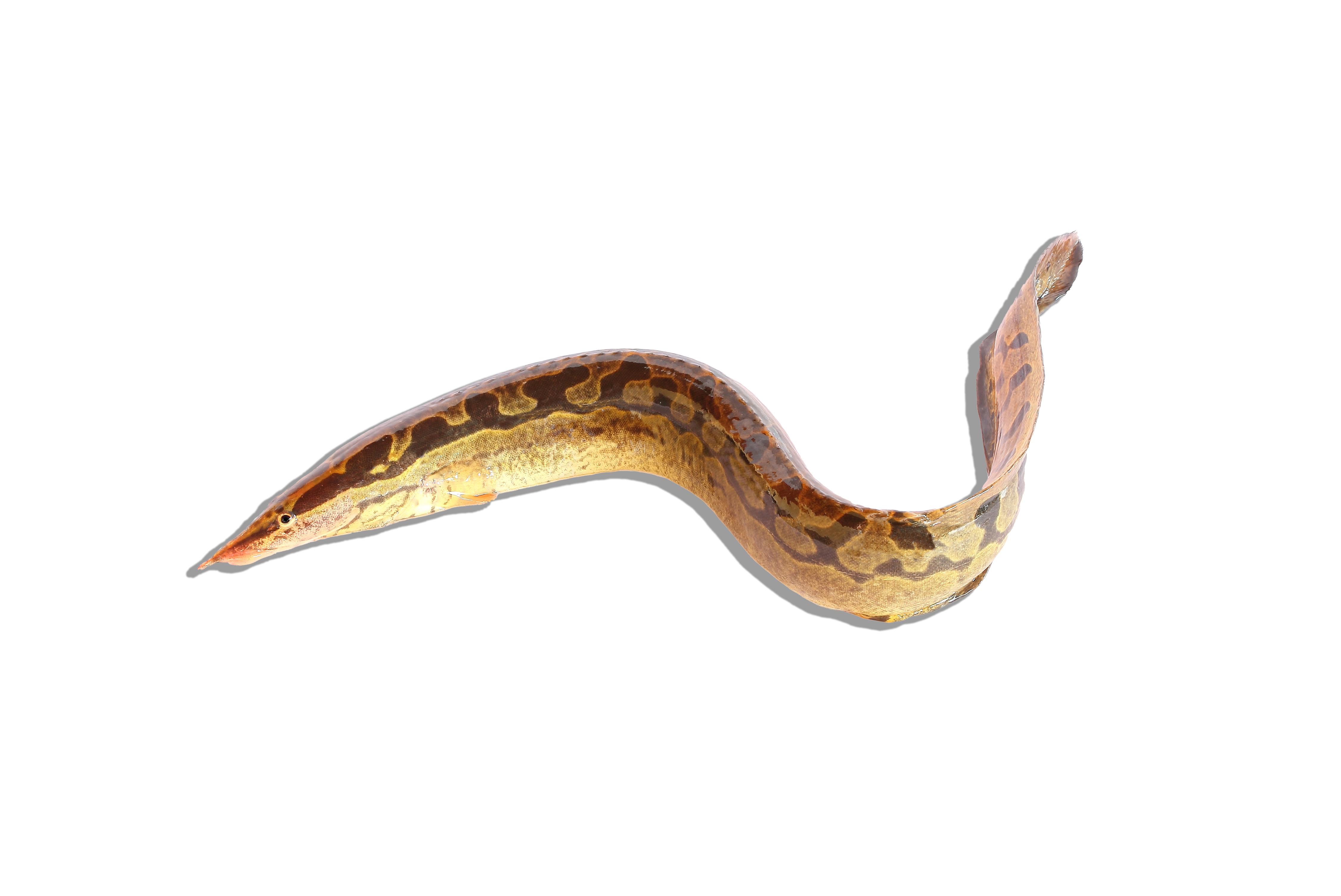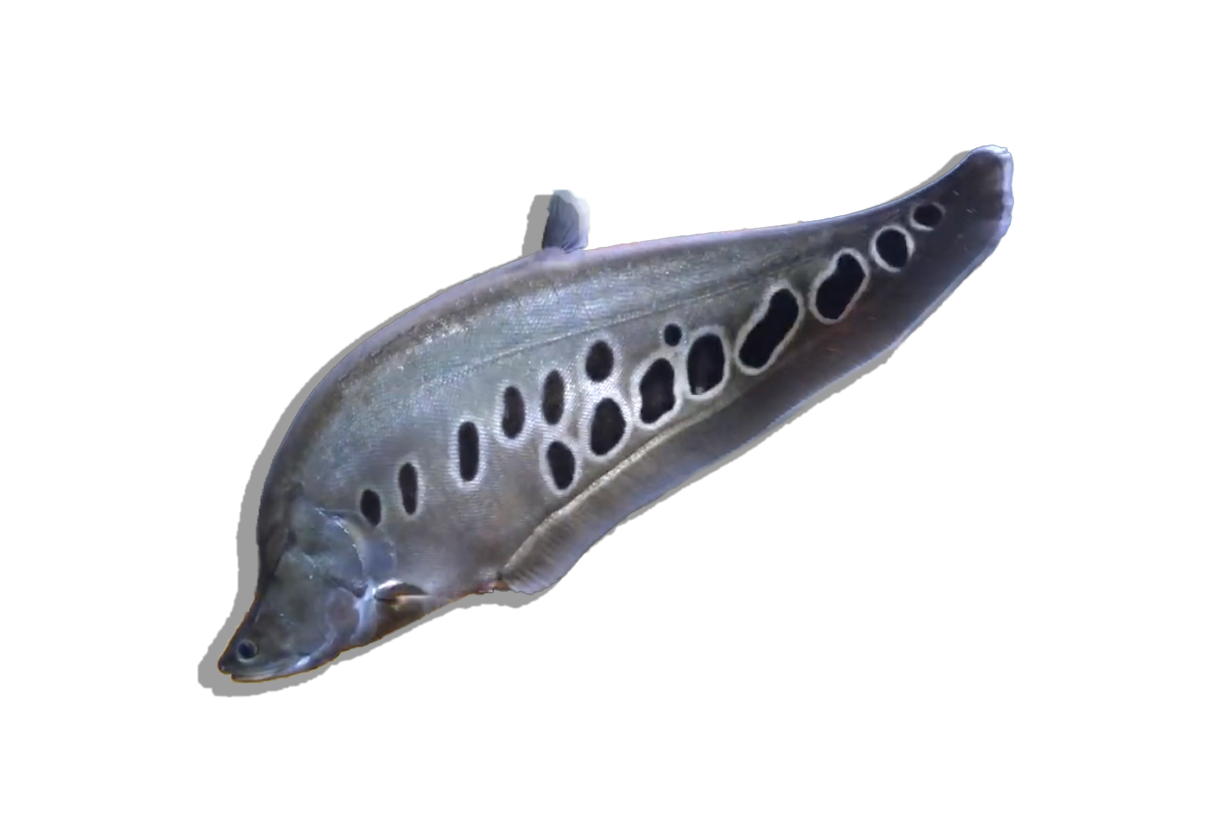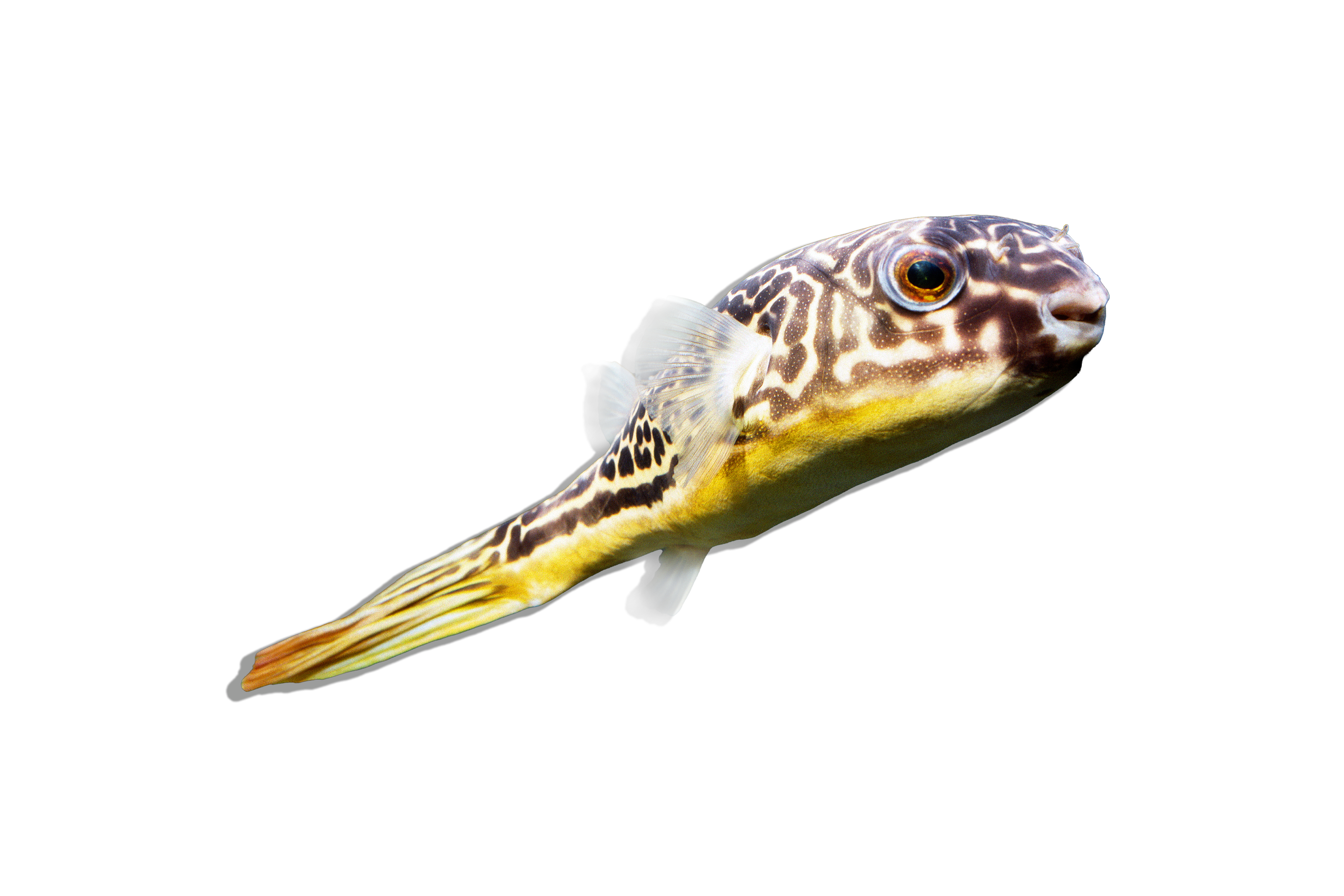Description
Common Name: Yellow Flagtail Prochilodus
Scientific Name: Semaprochilodus insignis
Other Names: Yellow Flagtail, Insignis Flagtail Prochilodus
The Yellow Flagtail Prochilodus is a striking and energetic fish known for its shimmering silver body and vibrant yellow, almost gold-like, fins. They have a streamlined body shape with a flag-like tail, making them efficient swimmers. Their lateral line is usually visible, running from behind the gill plate to the base of the tail. They can bring both motion and color to the aquarium, making them highly sought-after by many aquarists.
Habitat and Distribution: Endemic to the Amazon River Basin in South America, the Yellow Flagtail Prochilodus thrives in a variety of freshwater habitats, including rivers, streams, and floodplains. They are typically found in schools, often swimming against currents.
Size and Lifespan: The Yellow Flagtail Prochilodus can reach a length of up to 12 inches (30 cm) when fully grown. With proper care, they can live for 8-10 years in captivity.
Diet and Behavior: Primarily herbivorous in the wild, their diet consists of algae, detritus, and organic matter that they sift from the substrate. In the aquarium, they can be fed high-quality vegetarian flakes or pellets, supplemented with spirulina, blanched vegetables, and occasional treats of live or frozen foods. They are active swimmers, especially when kept in schools, and can sometimes be seen engaging in playful, non-aggressive chasing behavior.
Breeding and Reproduction: While breeding in captivity can be challenging, it is not impossible. They are egg scatterers, typically releasing eggs during rainy seasons in their natural habitat. In the aquarium, simulating these conditions can sometimes induce spawning behavior.
Aquarium Care and Tank Requirements: Given their size and active nature, a tank of at least 100 gallons is recommended, especially if housing multiple individuals. The aquarium should have a sandy or fine-gravel substrate for them to sift through, along with areas of open swimming space. Some driftwood, rocks, and plants can be added, but ensure there's enough room for them to swim freely. They do appreciate moderate water flow.
Ideal Tank Mates: Being peaceful and schooling fish, they do well with similarly-sized non-aggressive species. They can be kept with other characins, peaceful cichlids, catfish, and even larger freshwater shrimp. They are best kept in groups of 5 or more to allow for natural schooling behavior.
Difficulty Level: Intermediate. While not overly demanding, their size and dietary needs require attention. Regular water changes are essential due to their herbivorous diet and potential for producing more waste.
Water Parameters:
- Temperature: 75-82°F (24-28°C)
- pH: 6.0-7.5
- General Hardness (GH): 5-15 dGH
- Carbonate Hardness (KH): 3-10 dKH
- Ammonia: 0 ppm
- Nitrite: 0 ppm
- Nitrate: <20 ppm, ideally lower
Additional Information:
- Their active swimming and schooling behavior make them a captivating addition to larger community tanks.
- Due to their herbivorous nature, they can help control algae growth in the aquarium.
- Make sure to offer them a varied diet to ensure they get all the necessary nutrients and to maintain their vibrant colors.


